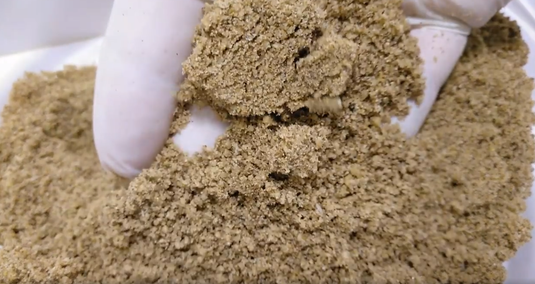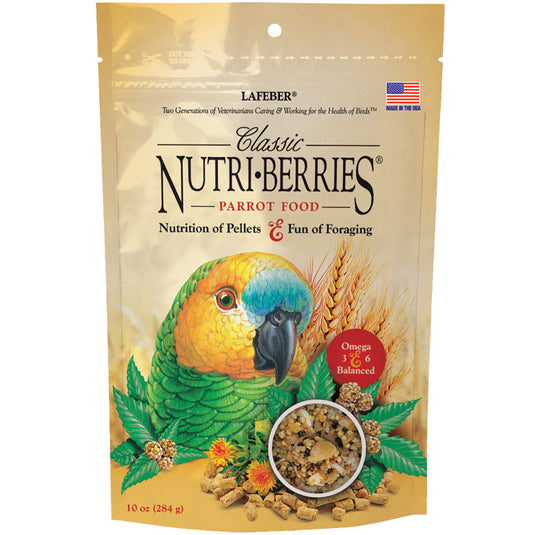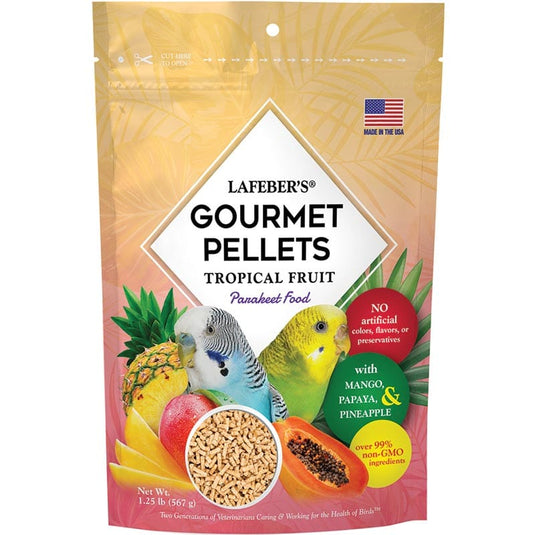
Lotus
- Floating Plants
-
Hardy Lilies
-
Hardy Shallow Water
- Oxygenators
- Lotus
-
Tropical Shallow Water
-
Laguna
-
Atlantic Pumps
Growing lotus plants requires a certain amount of diligence. The plants will spread quickly and easily if grown in the soil, so it’s best to plant them in containers. Make sure your container has no drainage holes – lotus roots can easily escape through them, and since your container will be underwater, drainage is a non-issue. If you’re growing lotus plants from rhizomes, fill a container with garden soil and lightly cover the rhizomes, leaving the pointed tips slightly exposed. Submerge the container in water so that the surface is about 2 inches (5 cm.) above the soil line. You may have to put a layer of gravel on top of the soil to keep it from floating away. After a few days, the first leaf should emerge. Keep raising the level of the water to match the length of the stems. Once the weather outside is at least 60 F. (16 C.) and the stems extend several inches (7.5 cm.) Sink the container in your outdoor water garden no more than 18 inches (45 cm.) from the surface. You may have to raise it up on bricks. Lotus are beautiful and surprisingly winter hardy aquatic plants. Here are a few care tips:
Light and heat
Lotus will handle some shade, especially in warmer climates, but to grow and bloom their best they prefer full sunlight. The main exception is in hot desert climates, where some shade cloth is desirable. Lotus require temperatures of at least 75 degrees F. for at least three months in summer to do well.
Potting
Standard lotus cultivars can grow 5’ or taller. In order to do this, and to also maximize the size and frequency of bloom, they should be potted into a container a minimum of 2’ across. A container of 3’-5’ across will create a striking display specimen. While some people use plastic or ceramic pots on their deck or patio, others use bathtubs or small pre-formed ponds in the landscape, or create a header pond above the main pond, fill it with pea gravel and lotus, and use it as a beautiful plant filter for the main pond. If using lotus in the main pond, a container without holes, and much wider than it is high, is best. Use a good garden soil with a low organic content, either sandy or clay or anything between (a mix of clay and sand is ideal). Do not use a commercial house plant or garden mix, as the ingredients float. Only 4” of soil is required, leaving room for the soil to push upward as it is filled with runners and tubers. Aquatic containers for lotus are available that are about 2’ across and only 7”-10” deep.
Most dwarf lotus cultivars are capable of getting 3’ to 4’ tall. They can tolerate smaller containers, but will also perform better in containers about 24” across.
Moving lotus into a larger pot is most easily accomplished in the spring when lotus are just waking up. However, if you just purchased an actively growing lotus, the best time to up-pot it is now, because a larger plant performs and over-winters better; if you don’t do it now you may never get around to it. Just place the lotus and its pot inside the larger pot. Slip your hand inside the pot between the pot and the root mass of the lotus. While gently gripping the root mass and pulling on it with one hand, use your other hand at the opposite edge of the smaller pot to gently lift and draw away that edge of the smaller pot. This will effectively separate the lotus root mass and soil from the pot with minimal trauma. Place the mass in the center of the larger pot, put the fertilizer around the root mass on the bottom of the pot; gently fill in the pot with soil around the root mass so that the soil level in the new pot is about the same as in the old pot. If some of the leaves don’t stand as upright as before, you may stabilize them with string if you like, but the new leaves that grow will be vertical and stable.
Setting lotus loose in ponds
Lotus love this and it works well if you don’t mind the entire pond filling with lotus, which is what will most likely happen. For a more balanced pond with open water areas and/or other pond plants (including waterlilies), keep lotus contained. Containers must have no holes, and the occasional runner may still “jump the pot” and need trimming.
Fertilizer
Use a good aquatic plant fertilizer, either fast or slow release, and follow the instructions. Because lotus grows vigorously, use double the amount of fertilizer per gallon of soil that the label recommends for hardy waterlilies. In the spring, lotus will make floating leaves first, then standing leaves. It is best to begin fertilizing when the lotus is starting to make standing leaves, because it is hard to over-fertilize a fast growing lotus, but it is easy to over-fertilize them when they are just beginning to sprout. In the autumn, stop fertilizing so that lotus can exhaust the fertilizer in their pot in preparation for dormancy.
Water depth
The soil in the container should have at least 2” to 4” of water over the top of it, so that the soil is always under water. Taller standard lotus can grow in water up to 18” deep or even deeper, but it takes more energy, and in spring and in cool climates lotus benefit from the extra warmth in shallow water. Dwarf lotus should be grown in water between 2” and 12” deep.
Water chemistry
Lotus are extremely adaptable to different water chemistries. However, if your water source has very hard and alkaline water full of minerals, growing lotus in above ground pots can result in a harmful accumulation of minerals in the water over time; when water evaporates, the minerals stay behind, and more are added each time water is added. To prevent this, it is important to occasionally flush out (over-fill) the pot with fresh water while re-filling to replace evaporation. This is less likely to be a problem in a larger pond, but occasional over-filling may still be beneficial. Lotus don’t tolerate much over 1000 ppm water hardness.
Pruning
When pruning or trimming, never cut flower or leaf stems below the water level, as roots and tubers use stems (even dead ones) to help provide oxygen. When lowering lotus for winter, prune after lowering.
Living with koi and goldfish
Goldfish are not normally a problem with lotus. Larger koi can disturb the soil, and even pick on the floating leaves. We generally recommend using enough plants in a koi pond that koi do not focus all their energy on just a few plants, and that usually works. You can also place the pots close to the surface and place rocks on the soil that are too large for the koi to move easily. For extremely large and determined koi, rocking off a corner for the lotus will work.
Overwintering
Lotus can over-winter in ponds even in Michigan or Minnesota, so long as the tubers are protected from ice. In colder climates (zone 5 or lower), this is usually provided by dropping the lotus to the bottom of a deeper pond (below the frost depth), then raising it again in the spring; or move into a frost-protected garage. In zones 6 or 7, we recommend mulching around above-ground pots in winter; pots in even a shallow pond are fine. In zones 8 or above (and often in zone 7), even lotus in above ground pots may be left outside unprotected. In all zones, our lotus will go dormant in winter; they form overwintering tubers with growing points that send out runners each spring.
Repotting
When lotus just begin to show leaf spikes in the spring, their tubers may be carefully divided for making new pots. This may also be necessary every few years for older pots that are overcrowded and have exhausted their soil. The growing points on lotus tubers are very fragile and easily snap off. While there are usually a couple of growing points on each tuber, if you break them all off the tuber will not sprout, no matter how big or fat it is.
Springtime hints
Lotus love warmth. If you pull your lotus container out of the pond and place it in full sun in the spring (after frost danger is over), the lotus will grow faster because it will warm up more. Keep some water over the soil, and return it to the pond by early summer, once warm weather is here to stay. For even more accelerated growth, you may cheat by placing a small wattage (say 50 or 100 watt) submersible aquarium heater in the container for a month or so. This will cost almost nothing to run and will really speed up the growth.
Edibility
In various cultures, most of the lotus plant is eaten, including the tuber, seed, stem, and leaf. Leaves are also used as wraps in cooking. While the tuber of ornamental lotus may be eaten, various cultivars grown specifically for tuber production are superior for this purpose.

Shipping & Product FAQ's
YES! We ship and pack all orders in house & use recycled packing materials!
Shipping costs will apply and are calculated at checkout based on the total weight of your order.
We do not add extra fees to our shipping and the rates are purely cost recovery. You pay what we pay.
Most shipping to Ontario or Quebec takes 2 - 3 business days once the order has been processed and packed.
Orders for in stock items are packed same day! Deliveries are picked up Monday - Friday mornings by our couriers.
To see our detailed detailed breakdown of delivery times by location please refer to our Shipping Policy Timetable.
Pre-Order: This item is coming soon! Pre-ordering reserves your spot so you’ll receive it as soon as it’s in stock.
Special Order: This item isn’t part of our regular inventory and is ordered just for you after purchase. Delivery times vary and depend on supplier availability.
Yes, we can ship birds seasonally. Typically May 15th - October 30th.
**We will NOT ship birds outside of Canada.**
Weather that day will be factored in as we will not ship birds if the temperature exceeds 25C at any point during travel.
Shipping costs start at $350 via WestJet. Shipping costs are subject to change, and all shipping is at the discretion of Exotic Wings and Pet Things Inc.
Check out our full FAQ's we have a very extensive selection of FAQ's at categories to hopefully answer any question you have!
Subscribe To Our Newsletter
Keep up to date with store news, sales & events, and never miss another blog post!

Best Serving You By Appointment.


























































